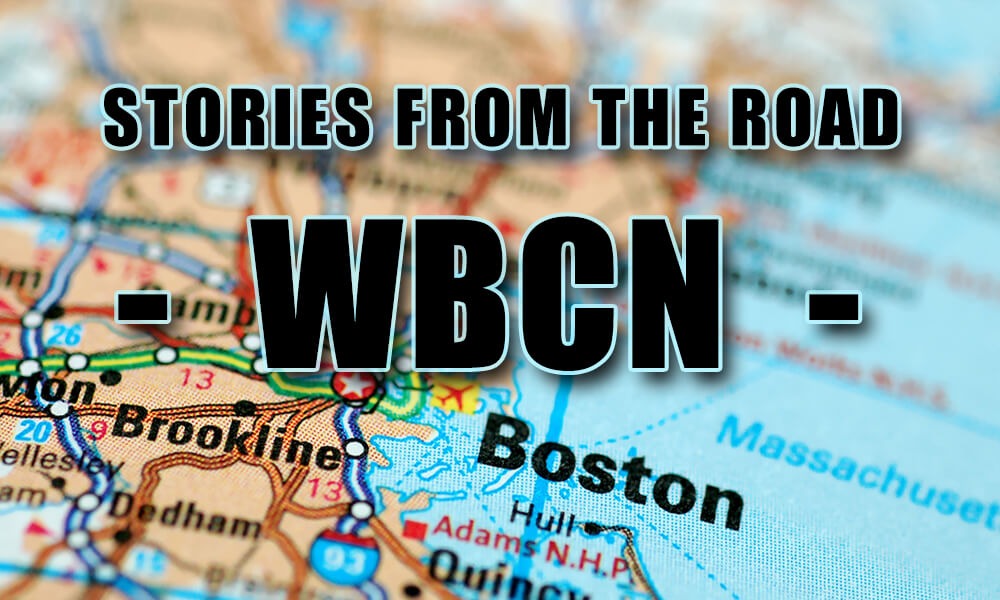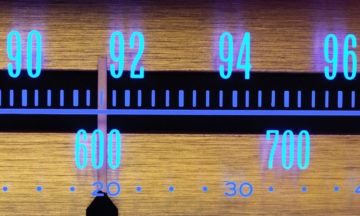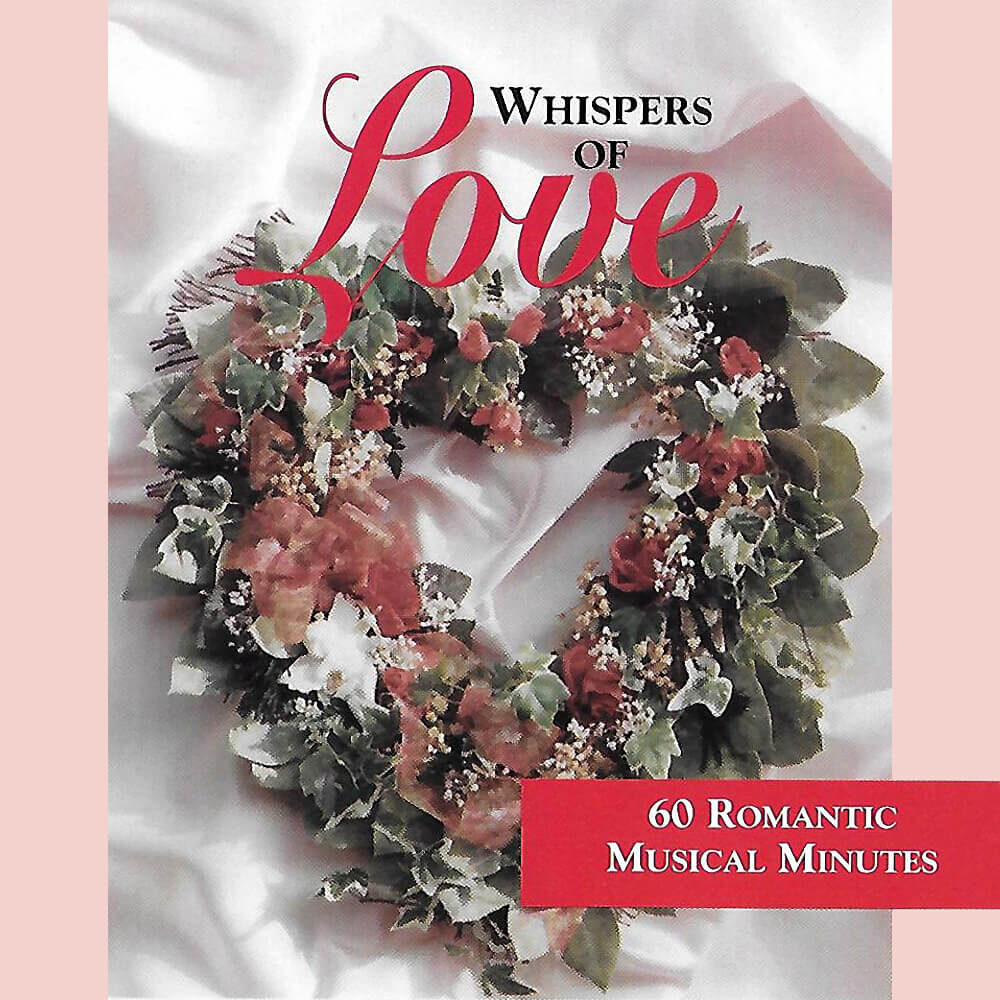Having gotten restless and ready for a new “challenge,” I left Philadelphia in 1966 to join classical music station WBCN in Boston. In making the move, I had confidence in my own abilities and believed I knew what the station’s problems were and how to address them. What had not been taken into account was that I’d be working for one of the most eccentric individuals to ever operate a radio station … T. Mitchell Hastings! Known almost universally as “Mitch,” he was considered an engineering genius and is credited with inventing an FM receiver for the car and developing an early version of a pocket-sized transistor FM radio.
However, operating radio stations is another story! During my hiring interview, he gave me the title of General Manager, stating that he expected me to handle programming and internal operations … and that he’d be responsible for advertising sales and developing more revenue, “for which he was eminently qualified.”
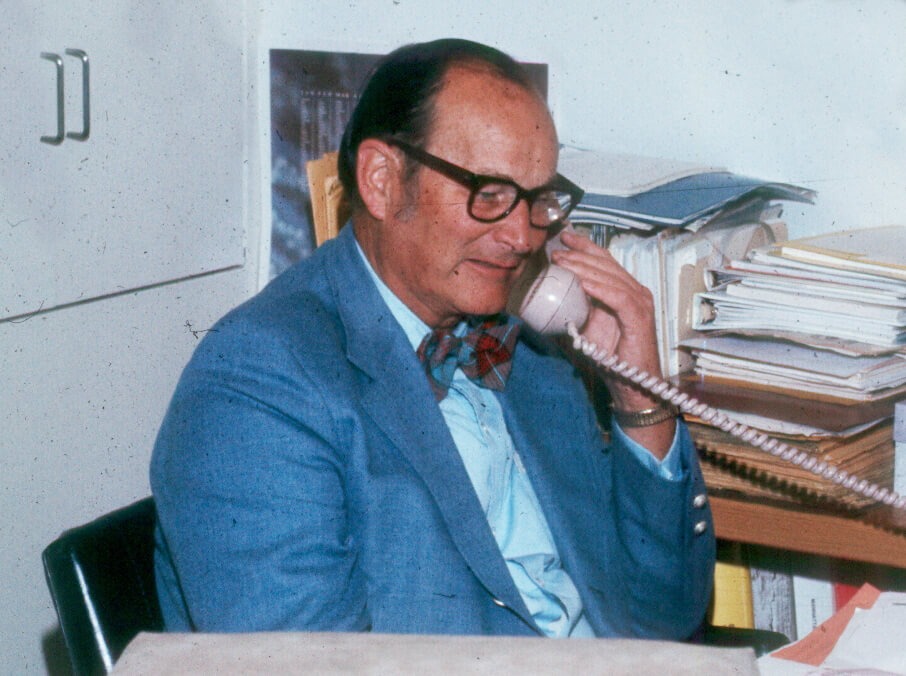
WBCN, which began operations in 1958, was the flagship of a group of five stations Mitch had assembled known as the classically-programmed Concert Network … although by the time I arrived, only two remained, Boston and Hartford, Connecticut. Stations in Providence, Rhode Island, Riverhead, New York and New York City had been sold in order for the company to maintain some order of solvency.
Upon arriving at 171 Newbury Street on that first day, I would quickly realize that the road ahead would not be smooth. It didn’t take even an hour on the scene to recognize that the real WBCN problem was T. Mitchell Hastings … and I was beginning what would prove to be the wildest ride in all my 60 years in broadcasting. If you’ve read my memoir, RADIO … My Love, My Passion, you know that Mitch would change the “game plan” as suited the situation of the moment, including my duties and even the format of the station, taking it away from classical, sort of––it was a situation that, you might say, was slightly overwhelming. Looking at it from a sanity aspect, fortunately my stay with Mitch’s operation was not much longer than a year.

During the early years of its life, WBCN’s transmitter was atop the old John Hancock Building in the Back Bay section of the city. I say “old,” as by the mid-1970’s, there’d be a new John Hancock Building, with this one now officially called the Berkeley Building.
A feature of the building’s unique tower is that the lower portion contains a lighted weather beacon of red and blue lights which either flash or remain steady in one color or the other indicating the forecast for the period ahead.
With the new format in place, revenues grew and the company became solidly profitable for the first time in its history … meaning it was time for Mitch to move the station to a new state-of-the-art facility and improve its signal by moving the transmitting antenna to a higher location. The logical choice was the top of the much-taller Prudential Tower (known to most Bostonians simply as “the Pru”), located just blocks away. With construction complete, Mitch couldn’t wait to climb to the roof to inspect the antenna.
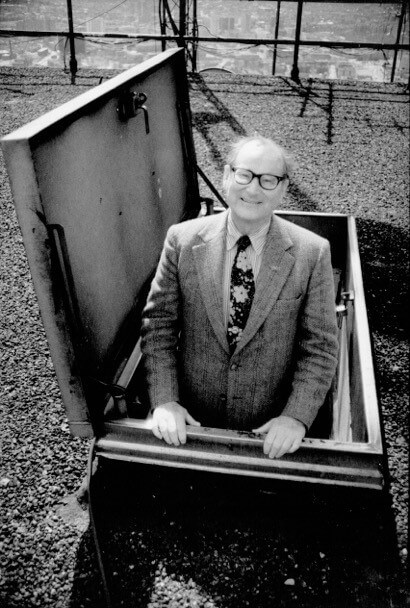
As far as I can ascertain, Concert Network, Incorporated never earned a cent of profit until WHCN in Hartford was sold and WBCN had transitioned fully into the free-form contemporary music format for which it became legendary. (To read the full story of this part of the station’s history, I invite you to get a copy of Radio Free Boston by Carter Alan.)
Backtracking … in the 1950’s and 60’s, KLH was a prominent name in quality audio speakers and also manufactured table-model FM receivers, the best-known being the Model Eight. I have memories of this unit; however, it was not ‘til last summer at my book conversation and signing event at the National Capital Radio & TV Museum in Bowie, Maryland, that I became aware of a special edition of the radio … this one that a gentleman — knowing of my former affiliation — brought in to show me. Obviously, it was a promotional item from the early days of the Concert Network.
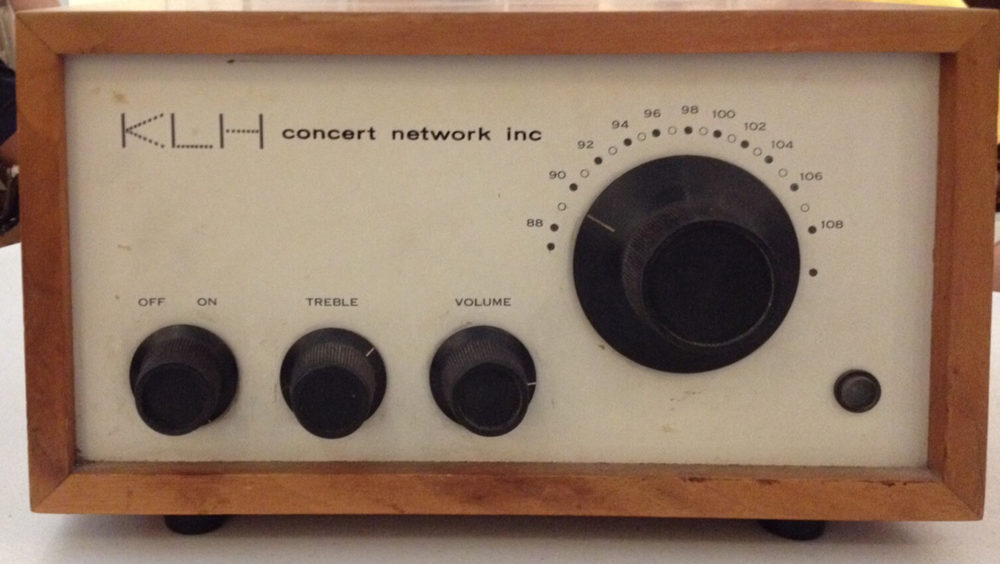
Thinking back to those early days … I still wonder if Mitch truly had a real love for classical music, or was it the format expected by someone of his stature, within his circle of friendships and financial investors, in what was still the early days of FM in the mid-1950’s.
While I have no direct knowledge, it’s said that Mitch and his wife Margot would pay regular visits to the folks at the Association for Research and Enlightenment headquarters in Virginia Beach, Virginia, the institution founded by psychic and medical clairvoyant, Edgar Cayce … and that a number of his business decisions were based on “guidance” received there.
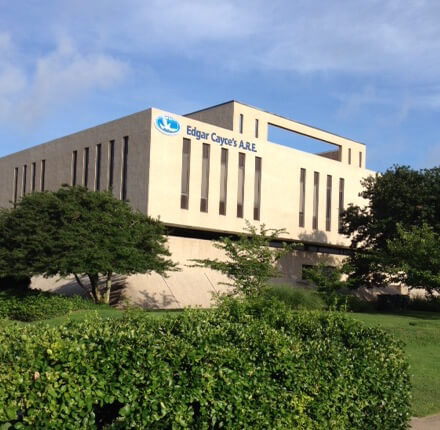
Regardless of all that happened along the way, including its final transition to a music format of which he had no liking or understanding, T. Mitchell Hastings, Jr., would remain as the principal owner, president and general manager of WBCN until he sold it in 1979. Then Margot and he could finally retire to their “weekend home” on Martha’s Vineyard.
A final note relative to the Mitch Hastings story: We recently happened upon a 1938 movie titled “You Can’t Take It With You,” in which Mr. Vanderhuf — the grandfather of the family — had a visit from an IRS agent, but refused to accede to the agent’s demands. It immediately reminded me of how T. Mitchell Hastings dealt with the IRS … you simply don’t ever show up for designated appointments! I’m amazed he never appeared to suffer any consequences.
Image Credits: Courtesy Sam Kopper Collection, Courtesy CelebrateBoston.com
